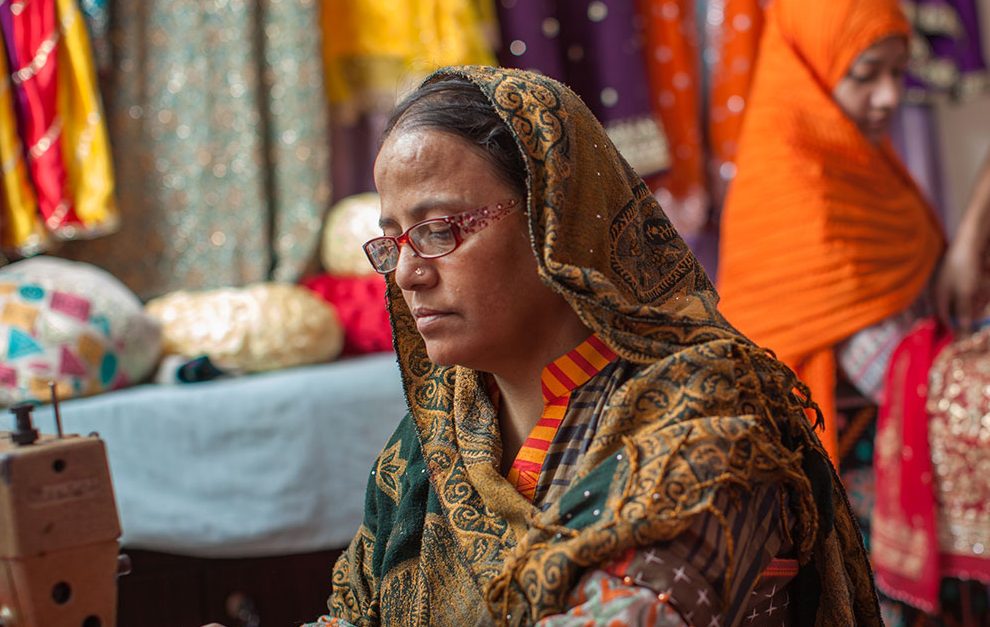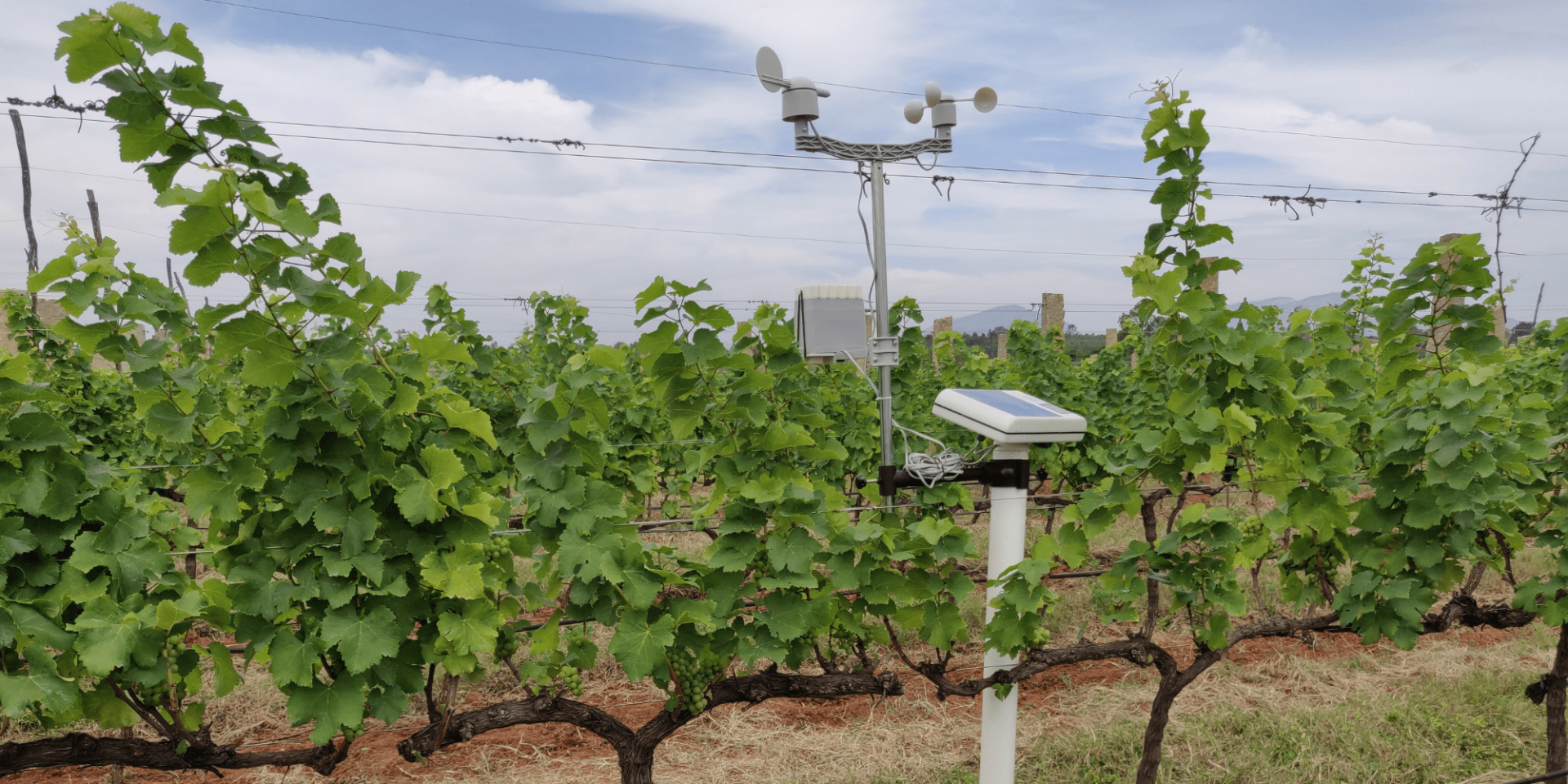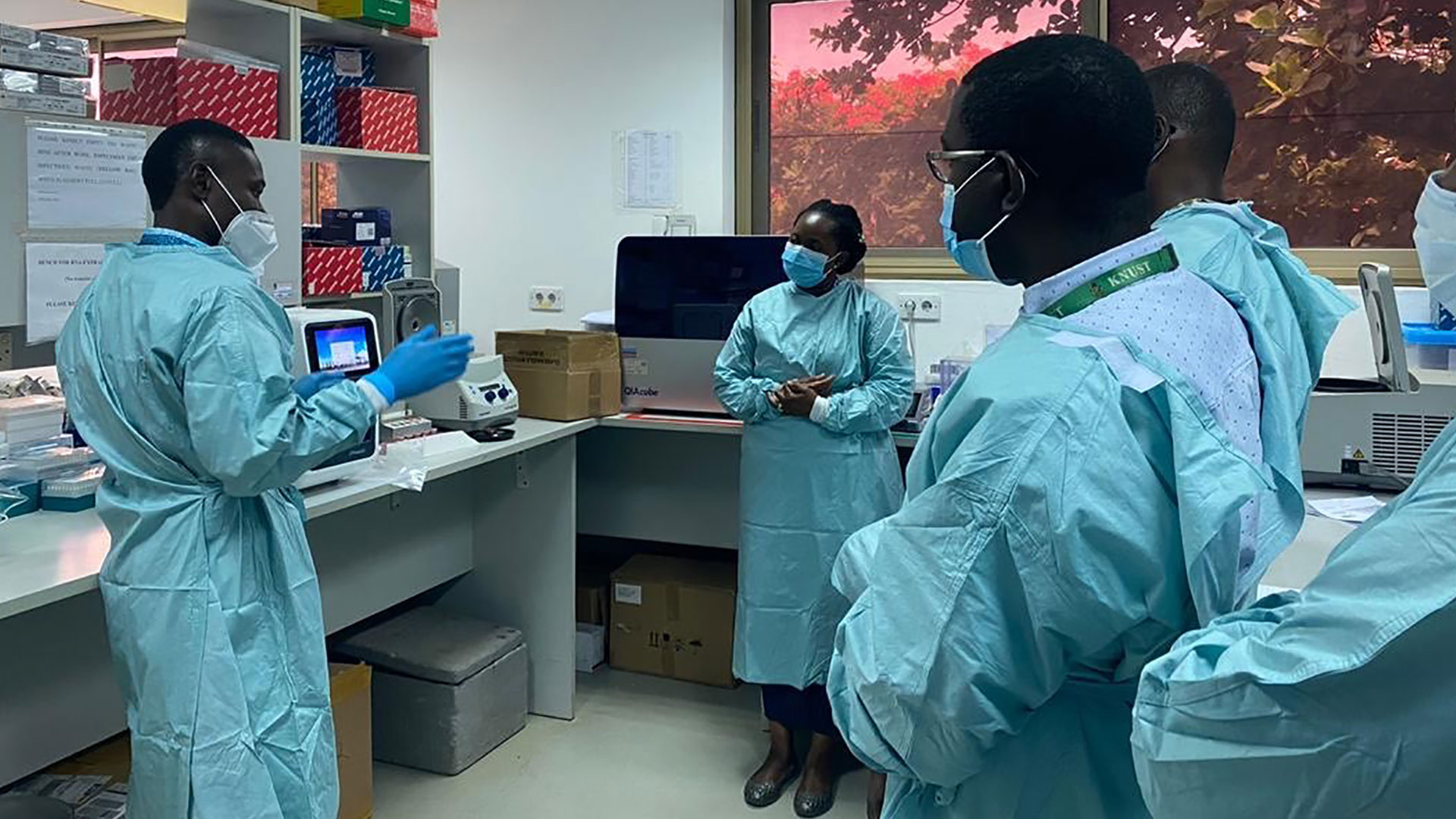Roopa Kudva has an impressive CV: as an independent director on multiple corporate boards, a governor of the Indian Institute of Management, and Partner and Managing Director of Omidyar Network India (ON India), she’s one of the country’s most successful business leaders. But she has her eyes set on a greater goal than shareholder value: Roopa wants large-scale social change for India. At CDC’s penultimate Insight event of the year, she talked about how entrepreneurship and innovation can make that happen.
“ON India’s purpose is to invest in bold entrepreneurs who help create a meaningful life for every Indian,” says Roopa. To do that, the company makes equity investments in early stage enterprises and gives grants to non-profits. They don’t discriminate between sectors, but she describes ON India as ‘a tech-led firm.’
“We believe in the power of tech to do good, and create a massive impact at scale. The mobile phone is one of the biggest drivers of social impact in India, so our investments focus on technology.”
You can watch a recording of the event here
According to Roopa, the digital journey of the next half billion users will come with a host of barriers that will need to be tackled at scale. “You can impact one person at a time, but accelerating the development of a sector will impact far more lives than any one company can.” She says that to do that, several things need to come together.
“First, you need innovative entrepreneurs, but second you also need infrastructure. For example, it’s not enough to build ed-tech solutions, you also need to think of teachers as sector-level infrastructure. Third, policy: how do you create a conducive policy environment that supports entrepreneurship, and brings entrepreneurs in?”
ON India’s ‘dual chequebook’ approach—using both equity investments and grants —is useful here because the company can invest in innovative entrepreneurs while supporting the building of infrastructure for the tech sector, as well as research and think tanks that can develop the right policies.
As Head of Asia at CDC, Srini Nagarajan knows that CDC’s investee companies in India need to take advantage of tech if they want to grow: “The bricks and mortar model of expansion is very expensive from a cost/income ratio. The income inequality in India is going south, so I don’t expect the cost of assets to go down. It’s very important to integrate technology to keep our costs under control.
“We need technology to achieve change at scale. It can be done quickly. One sector where technology has had a big, fast impact is logistics. We’re now able to track vehicles in real time, which has enabled shippers to reduce the fleet turnaround time by 50 to 70 per cent. That’s helped companies reduce their inventory substantially, saving a lot of money.”
For Roopa, impact is something that can only truly be measured by the customer. “It’s important to look at the difference impact investing makes in the lives of the consumers. A metric we use is to ask what proportion of our target population—the next half billion—comprises the consumer base of the investee.” She adds that a company can also influence the wider ecosystem, for example by creating an innovative new business model that can then be replicated by others, therefore “affecting the sector as a whole.”
Roopa is determined that India’s growth, progress and development should benefit everyone in the next half billion. “Inclusion is at the core of our purpose: we want a meaningful life for every Indian, and about half of that population is women. Supporting women entrepreneurs is paramount, but something we realised is that all over the world, the firms that investors put their money in reflects their own investment team. That’s why 30 per cent of our investment team are women.
“It’s not enough to hire women and have them as part of the leadership team. Diversity for diversity’s sake never works. How do you help the voices of women be heard in an organisation, and contribute to making decisions? These are some of the things we think about, and emphasise and practice in our own work too.”
ON India continues to invest in businesses that help women to come online. One such investee is Healofy, a social platform that helps pregnant women and mothers share their parenting journey and learn from each other. “It’s designed to make women feel safe and experiment with the online world”, she says.
For Roopa, Srini and impact investors all over the world, the next half billion users to come online in India present an enormous opportunity to create impact at scale. Tech entrepreneurs just might hold the power to drive that disruptive change.
This article is based on discussions at our recent event ‘Transforming 500 million lives: Driving large scale social innovation in India’, part of our Insight event series. Listen to the podcast above, catch up on the event recording or find out about our future events.











